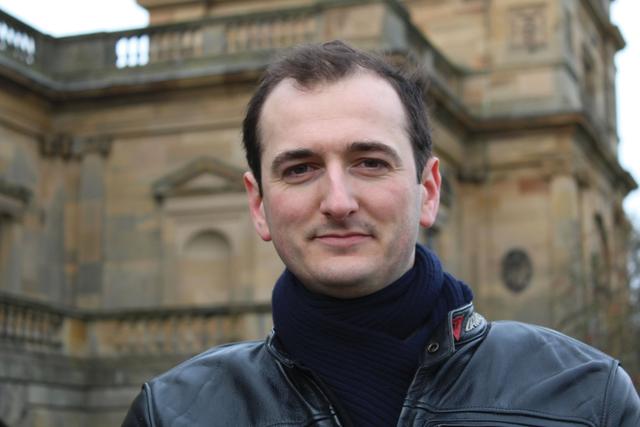Is art history becoming too woke? Several news outlets asked me to comment on the decision by Yale University to stop teaching their best-known art history course, apparently on the grounds that the artists it covered were “overwhelmingly white”. Did I not think this was yet another case of political correctness gone mad?
To my shame, I’m not always averse to commenting on such stories, but on this occasion I declined, and thank goodness; the story wasn’t quite fake news, but it wasn’t genuine either. Yes, Yale was changing its art history courses, but not for the reasons alleged. Investigating further, I found that the “overwhelmingly white” quote did not come from Yale’s art history department. It came from coverage by Yale Daily News, apparently citing “student uneasiness over an idealised Western ‘canon’—a product of an overwhelmingly white, straight European and male cadre of artists”. A statement issued by Yale’s art history department explaining the course changes made no mention of race, sexuality or gender. (And, in any case, no historian of the Italian Renaissance would describe it as a product of the overwhelmingly straight.) The pretext for much of the overwhelmingly negative, international press coverage of Yale’s decision was, therefore, erroneous. It was just art history’s turn to feed our need for a daily outrage.
Writing in The Art Newspaper, professor Tim Barringer, chair of Yale’s art history department, said that because “art history is a global discipline”, it made little sense to offer a first year introductory course, which suggested that the history of art was reflected almost entirely in Western art. On this level, Barringer’s logic is hard to disagree with. The new courses, including Global Decorative Arts and Global Sacred Art, sound interesting.
But for me the question comes down to what Yale students can choose to study. The abolished course, titled "Introduction to the History of Art: Renaissance to the Present", is one of Yale’s most celebrated and most popular. This year, for its final outing, it was heavily oversubscribed. Offering students new, more global courses is good, but must the post-Renaissance course have to be abolished as well? Might changing the course title, to stress that it was only Western art, have sufficed?
The wider background to Yale’s decision is the current trend to “decolonise” academic disciplines. In art history, the thinking goes, there is insufficient realisation that the art we study derives from colonialism, and by extension exploitation of the colonised. For some decolonisers, it is not enough to recognise the role of Empire in art history; we also need to judge it, and condemn it. In Art History earlier this year, Barringer wrote, “The history of art cannot deny its own intellectual inheritance: it has developed as an academic discipline since the 18th century with racialised concepts at its core.” “Art history,” he concludes, “is never innocent.”
Barringer, it is fair to say, believes very much in decolonising art history, and inevitably this means placing less emphasis on Western art history.
Seen in this light, the abolition of the Renaissance course at Yale takes on a potentially different meaning. Must art history students there now study an art history that is deemed morally appropriate? For Barringer, the role of academic art historians is to explicitly shift opinions about the way we see the world. “We as a profession have not been effective in shifting the opinions of a larger public away from certain core concepts,” he writes. He cites as examples, “The celebration of historical art is still entangled with nostalgia for the glory days of aristocracy (as in the National Trust’s presentation of country houses); [and] assumptions about the linear nature of historical development still identify historical agency exclusively with white, male, Euro-American actors and exclude people of colour.”
Is art history really guilty of colonialism, and even racism? If so, then by extension studying it, and deriving pleasure from doing so, makes us complicit in the original act of colonial oppression. For the country house visitor as much as the Yale undergraduate, such an earnest, morally pure approach to art history might be seen as rather off-putting, even intimidating. Whether we like it or not, art history is a niche subject. We forget at our peril that people will only come to study it if they find it enjoyable and relevant to their lives.



